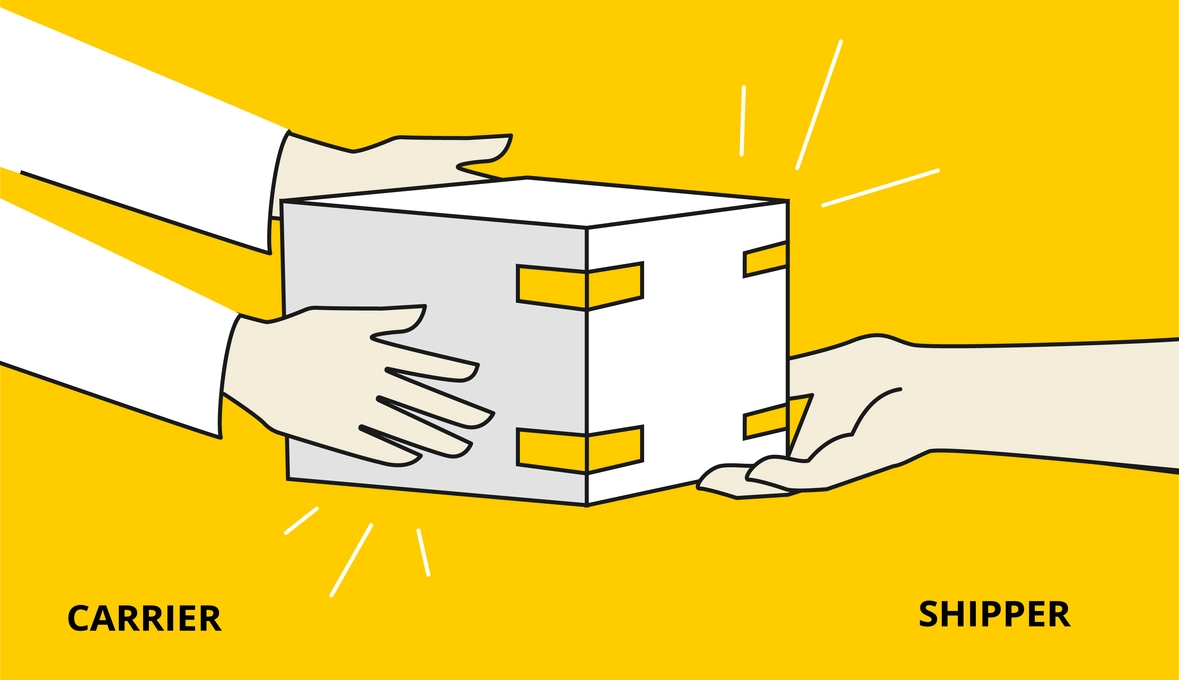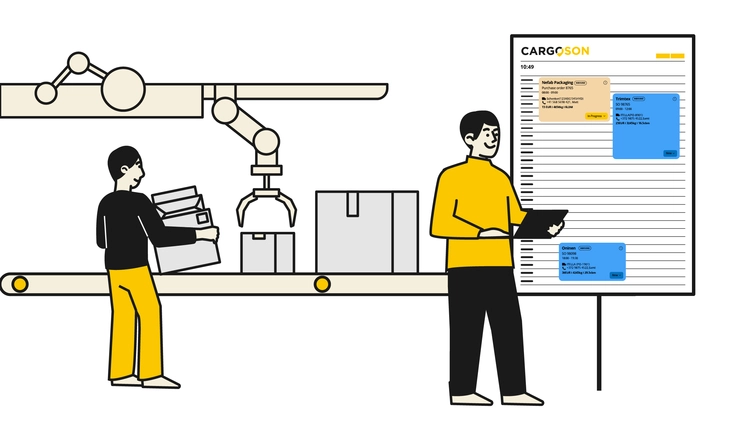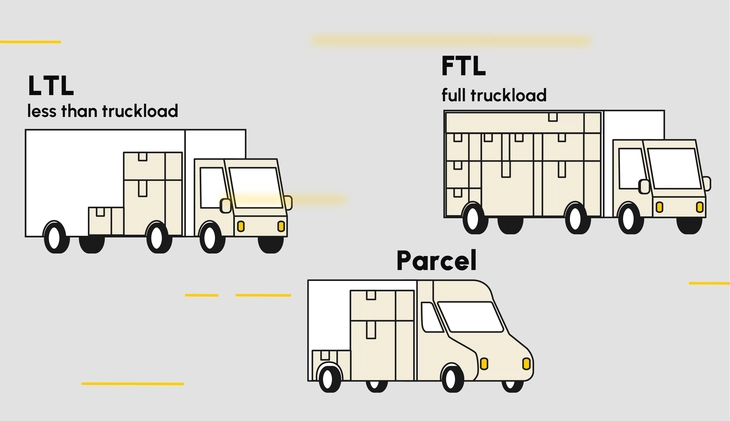In the logistics universe, the terms "carrier" and "shipper" often come up. These two key players have distinct roles that ensure the seamless movement of goods from one point to another. Let's delve into who carriers and shippers are and their integral part in logistics.
Meet the Carrier: The Mover in Logistics
A carrier, simply put, is a party responsible for the physical transportation of goods. They move products from the shipper (the sender) to the receiver. Carriers can operate across various modes of transportation, including sea, air, rail, and road. They could be shipping companies, airline companies, trucking companies, or railroad companies.
Carriers play a pivotal role in logistics by physically moving goods from Point A to Point B. They ensure the safe and timely delivery of goods, making them indispensable to any supply chain. Some carriers may even offer additional services, like tracking and updates on the shipment's status, which provides visibility and control over the logistics process.
Introducing the Shipper: The Sender in Logistics
On the other side of the equation is the shipper, often also referred to as the consignor. Shippers are individuals, companies, or entities that want to transport goods from one place to another. They engage carriers to carry out this task.
Shippers can range from small businesses shipping goods to customers, to multinational corporations transporting raw materials to their manufacturing facilities. Regardless of size or industry, every business that needs to move goods is, in essence, a shipper.
Shippers are responsible for correctly packaging the goods, ensuring they're ready for transport, and providing the necessary documentation like a bill of lading, which details the type, quantity, and destination of the goods.
How Shippers Can Manage Their Carrier Relationships Using Technology
Both carriers and shippers have a symbiotic relationship in logistics. While carriers ensure that goods reach their destinations safely and on time, shippers provide the goods that need to be transported. Together, they create the continuous flow that powers the world of commerce.
Managing this flow and optimizing the relationship between shippers and carriers can be greatly facilitated by modern logistics tools. For example, a multi-carrier transport management system (TMS) like Cargoson provides a centralized platform for shippers to manage their logistics operations and interact with multiple carriers.
By leveraging these technologies, shippers can speed up their shipping processes, compare carrier rates, track shipments in real-time, and enhance overall logistics efficiency. For carriers, integrating with such platforms can increase visibility, access to shippers, and ultimately, business opportunities.
In conclusion, carriers and shippers are the lifeblood of the logistics and supply chain industry. Understanding their roles and responsibilities is the first step towards managing a more efficient, reliable, and cost-effective logistics operation.


![Ultimate Logistics Management Comparison Chart [FREE DOWNLOAD] Ultimate Logistics Management Comparison Chart [FREE DOWNLOAD]](https://www.cargoson.com/rails/active_storage/representations/redirect/eyJfcmFpbHMiOnsibWVzc2FnZSI6IkJBaHBBekhJS1E9PSIsImV4cCI6bnVsbCwicHVyIjoiYmxvYl9pZCJ9fQ==--d972bea48fd4ca35d6c910b43830a3ba66048084/eyJfcmFpbHMiOnsibWVzc2FnZSI6IkJBaDdDRG9MWm05eWJXRjBPZ2wzWldKd09oSnlaWE5wZW1WZmRHOWZabWwwV3dkcEF0b0NhUUwwQVRvTVkyOXVkbVZ5ZERzRyIsImV4cCI6bnVsbCwicHVyIjoidmFyaWF0aW9uIn19--2c7d6c6b28c4d68db8f7c1f368d1bcdc6ab5275a/Ultimate%20Logistics%20Management%20Comparison%20Chart.jpg?locale=en)



